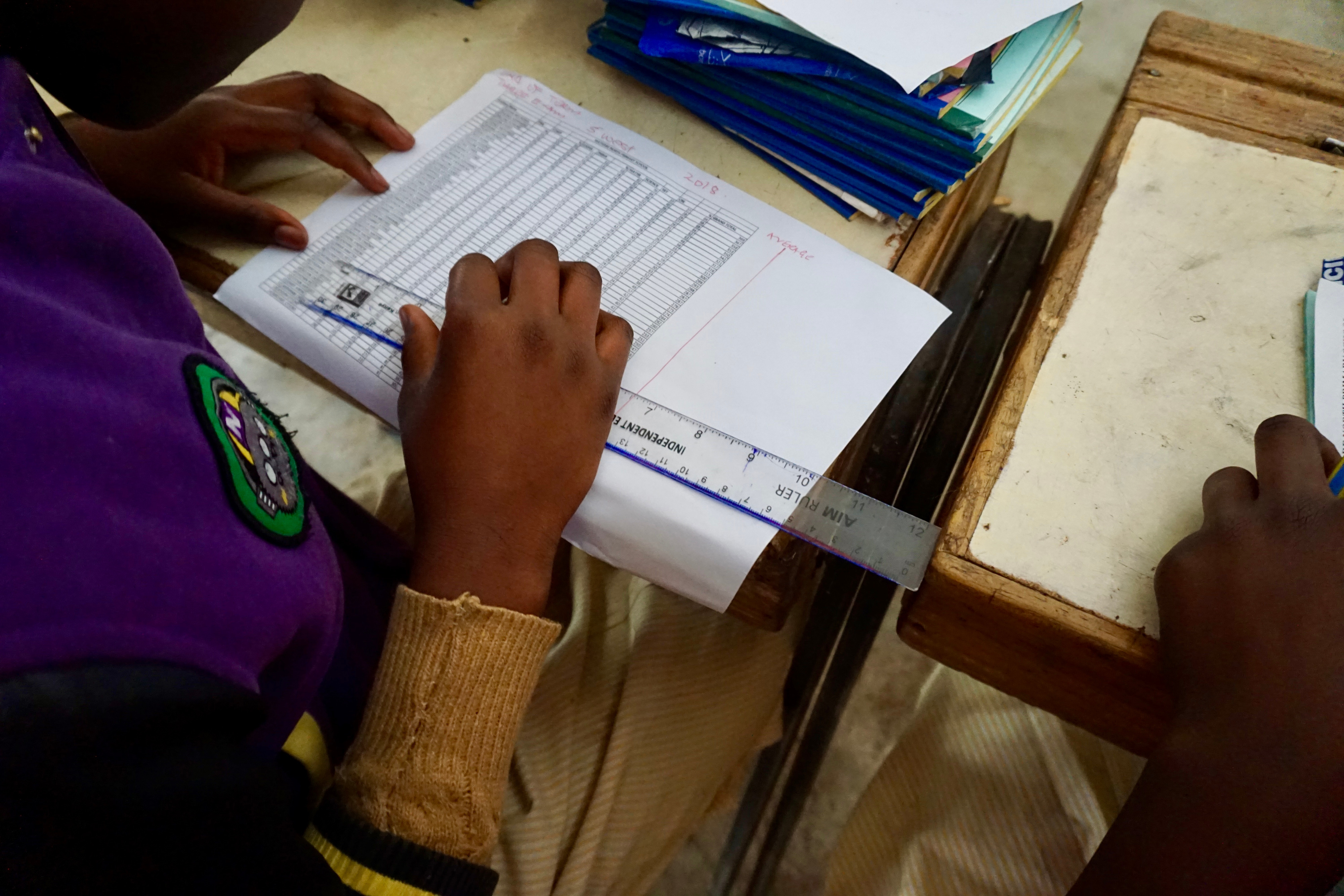The Open Knowledge Foundation has had a long-standing working relationship with the Right to Education Index, a global monitoring and accountability initiative aimed at ensuring that everybody can enjoy their right to a quality education.
It’s difficult to measure the impact of COVID-19 on the right to education. We know that 1.6 billion children, or 90% of all learners, have been affected by school closures. The average length of school closures globally has been 27 weeks, or two-thirds of the academic year, but in some countries, particularly in Latin America, schools have been closed for the entire academic year. The impact on children and young people’s education has been immense and, if nothing is done, will be felt for an entire generation. But in order to mitigate the wide-ranging impacts, governments and partners need to understand what has happened. They need to measure the impact. Monitoring who has been affected and in what ways is the first step in crafting appropriate policies.
At the same time, it is important to recognise that the impact of the crisis is to some extent a function of the quality of the existing education system. Of course, no education system is designed to withstand what happened, but the impact will be hardest on those who go to school in countries where the right to education is far from fully implemented. For instance, in countries where children receive fewer years of schooling, prolonged school closures will represent a greater loss of education. In countries where education is not free, where schools are unsafe, and where the quality is low, children will likely not come back to school. Groups who already face discrimination in education, such as girls, ethnic minorities, and children with disabilities, will be the least likely to return to school once schools reopen.
So, whilst it is imperative to measure the immediate impact of the crisis, it is equally important that governments collect data on education more generally. By collecting both, states will have an in-depth understanding of the impact but also the ways in which the education system contributed to those impacts. Using this information states can then devise policies that address the immediate impact of school closures but also begin to remedy the more entrenched problems. Many governments collect education data, but most fail to collect enough data of high quality, leaving significant data gaps that directly contribute to a lack of progress on the right to education.
This is one of the problems that the Right to Education Index [RTEI] seeks to address. Governments have a legal obligation to produce, analyse, and use data to ensure the implementation of the right to education, and RTEI’s mission is to make sure that governments make good on that commitment as well as their commitment to the right to education.
What is the Right to Education Index?
The Right to Education Index is a global monitoring and accountability initiative that supports civil society’s capacity to assess how education systems are performing in relation to their right to education legal and political commitments. Monitoring, especially against legal standards, is often considered too technical so many civil society organisations do not prioritise it. RTEI therefore seeks to simplify this process. At the core of the process is a questionnaire that is based on the right to education. Each question sheds light on an aspect of the right to education. Once the questionnaire is complete, the overall performance of the sector is revealed. Using this data, civil society organisations are able assess whether governments have improved or regressed and to identify key issues that may not be known for further investigation. Armed with this information, civil society are well-placed to formulate and advocate for policy recommendations that can contribute to national progress towards the fulfilment of the right to education.
This year RTEI will incorporate questions on COVID-19 to examine how school closures have impacted the right to education. For example, how many learners have been affected by school closures and for how long? While schools have been closed, have children been at greater risk of violence and exploitation leading to increased teenage pregnancy, child marriage, or child labour? Are catch-up modalities in place and do they target those most affected by school closures? Do governments have in place a system to identify children that have failed to return to school and get them back into the classroom?
Better data = Better education systems
As well as providing a powerful insight into how governments are doing with regards to the right to education, RTEI also provides insight into whether governments are collecting data in the first place. What data gaps exist? What kinds of data are governments collecting? Is it fit for purpose? This is important because without data governments and partners cannot understand what is occurring on the ground, if certain groups are being discriminated against, what interventions are needed, and how to assess the effectiveness of those interventions. Producing and using data and making it publicly available is a legal obligation for governments under international human rights law. Without data the right to education cannot be achieved.
Apply now!
The Right to Education Index is currently seeking partners for the 2021 research round. We are looking to support 15 civil society organisations with a proven track record in advocating for positive change in education policy, whether through government engagement, campaigning, legal advocacy, or other strategies. If your organisation is interested in learning how to monitor the right to education in your country, please see the request for applications for more information.
Erica Murphy is a human rights researcher with the Right to Education Index. She has published extensively on human rights monitoring and indicators, gender, and education. Most recently she authored the Right to Education Handbook, published in January 2019 by Unesco.









